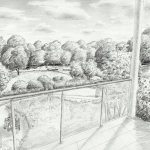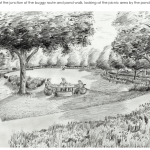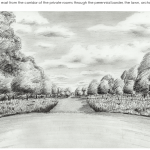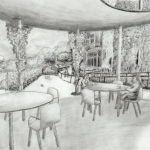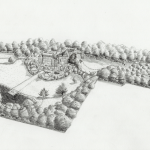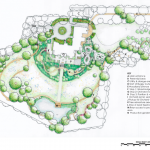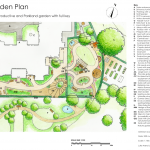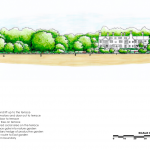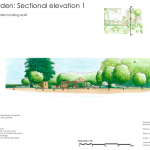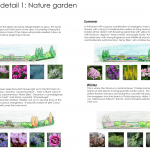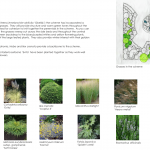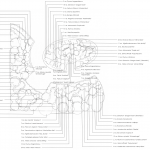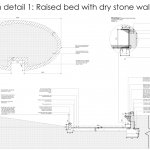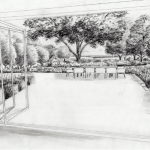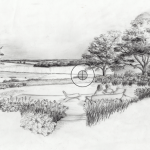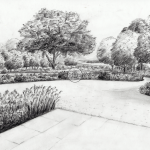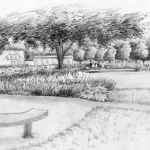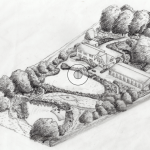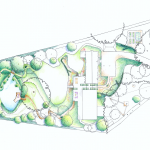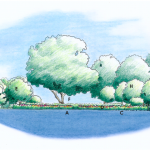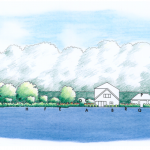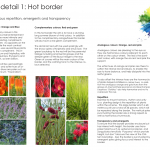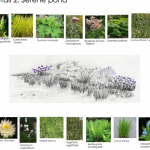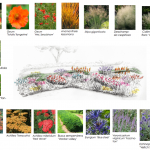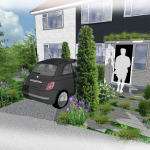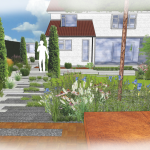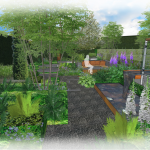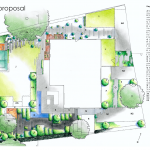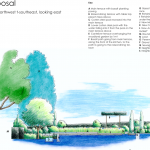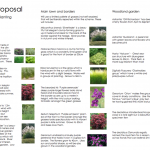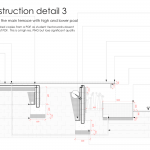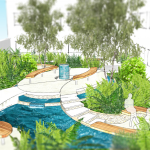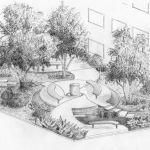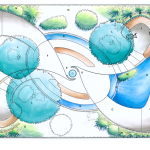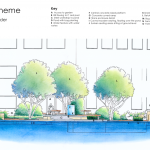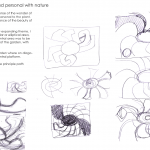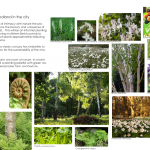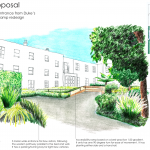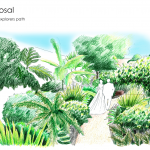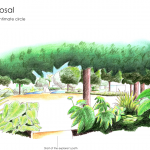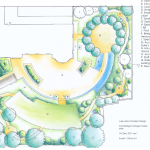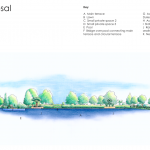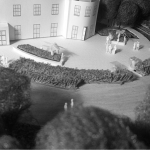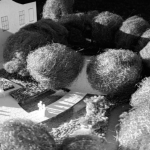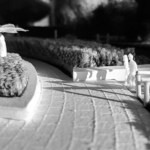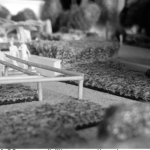Luke Arend
I graduated from the London College with a distinction in 2019, and am very excited to establish my garden design practice In Newcastle upon Tyne to cover the North East of England. I am very proud to announce that I have been selected as a finalist in both student categories for the 2020 Society of Garden Design annual awards: domestic and commercial. You can view these finalised projects below under ’Getting out’ and ’Chilterns family garden’.
My love of nature and gardens began as a child. I grew up in a small village in beautiful rural Essex surrounded by rolling countryside, with my dear mum’s infectious passion for gardening and plants, and my Dad’s eye for art, design and nature. My gardens aspire to delight, surprise and bring joy to those that use them, whilst embracing the craft on creating a personalised, beautiful and well functioning space. I pride myself on providing a friendly and highly professional service with plenty of enthusiasm and dedication. I know that great design is timeless, great service is precious, and great collaboration between client and designer so so important.
Please do get in touch, as I see every space as an opportunity to create beautiful spaces that work for you, from small back yards, suburban gardens, commercial spaces or master planning large landscapes.
Biography:
15 years working for the humanitarian aid agency Medecins sans Frontieres in Africa and Asia.
5 years working in Finance as a project manager in the city of London.
Read Social Anthropology at Sussex University as an undergraduate, with a MSc in Public Health at the London School of Hygiene and Tropical Medicine.
My final project develops the gardens of a care home near York, where 43 of the 47 residents have Dementia. The site is an old Jacobean manor house with 8.5 acres of parklands. The exciting challenge here was how to encourage residents outdoors from the day room, and make accessible the wonderful parklands which can have such therapeutic value to the residents, as well as precious for visiting family, grandchildren and staff.
The design concept is driven by what residents shared with me about missing their own gardens and missing trips out more generally, and their specific needs due to Dementia. The gardens close to the house aim to be ‘homely’ and familiar in style and scale to gardens residents may have had themselves, where residents can freely access active and passive therapeutic gardens on foot or wheelchair.
The wider grounds have ambitious changes which are made accessible by new developments in electric accessible buggies enabling family members or staff to take residents on ‘trips out’ to the different character areas developed across the site. These include: Picnicing in a fruit tree orchard, time at a lodge in the woodlands, relaxing by a new large pond, seating by the old Cedar in the meadow, feeding the animals, as well as four short walks off the buggy route.
A two acre hill top garden with stunning views of the Chiltern hills which requires major remodeling to accomodate a large extension and making a family garden and to entertain for 30.
The design concept of ‘Gnarly and smooth’ is inspired by rare Ancient Box woodland, of which the Chilterns has the largest in the UK.
The design solution embraces local nature and integrates Buxus Sempervirens in various forms throughout the garden and lush native perennial planting. There are ‘gnarly’ meadering pathways revealing a large decked pond to relax and saviour nature and the spectacular views of the Hills beyond.
A couple live on the fringes of woodland in Amersham and want to develop a contemporary garden with entertainment space and a quiet sanctuary.
The concept is about transition from a contemporary minimalist terrace through to woodland planting on a newly created lower level, linking to the Beech woodlands beyond.
It requires that edges become blurred and deconstructed between hard and soft landscapes, to avoid strong contrast between materials and embrace gentle change and harmony. Delight will come from savioring how the plants and materials morph into a new form as you move through the garden, rather than the immediacy of a strong contrast.
The transitions occur in various ways:
1. Minimalism to lush naturalistic aesthetic
2. Hard material type: Contemporary architectural stone
to naturalistic wood and gravel
3. Hard material form: Smooth to rough
4. Planting: Structured, minimal and formal to dense naturalistic woodland
5. Grasses: manicured lawn to tall ornamentals
6. Levels: Three new levels in the garden with a gentle transition of level.
A courtyard garden of a three floor office based in central Newcastle upon Tyne. It is used year round for work breaks and client events to hold 25 people. It aims to characterise local Geordie identity, be meaningful, usable and exquisite
The inspiration has come from ‘photomicrography’ images of natural objects through discovering the ‘Nikon Small World’ competition.
These images use electron microscopes to reveal a hidden world of stunning natural beauty.
The incredible geometrical forms and complex interrelated patterns are inspiring, as well as the sheer wonder of discovering a completely knew identity to parts of the natural world which we are familiar with.
I wanted these organic geometrical forms to inspire my garden, as well as to capture the feeling of awe and wonder of being close to nature.
Cambridge cottage is a Georgian ex royal residence based in Kew gardens. Kew want to develop the half acre of gardens to expand it’s role as a wedding venue.
This design proposal is inspired by and celebrates this grand history of plant hunters which fourished from when Cambridge Cottage was built, and is just as relevant and important today.
The garden will embrace the exotic, exploration, romance and adventure. The essential ingredients to any successful marriage!

